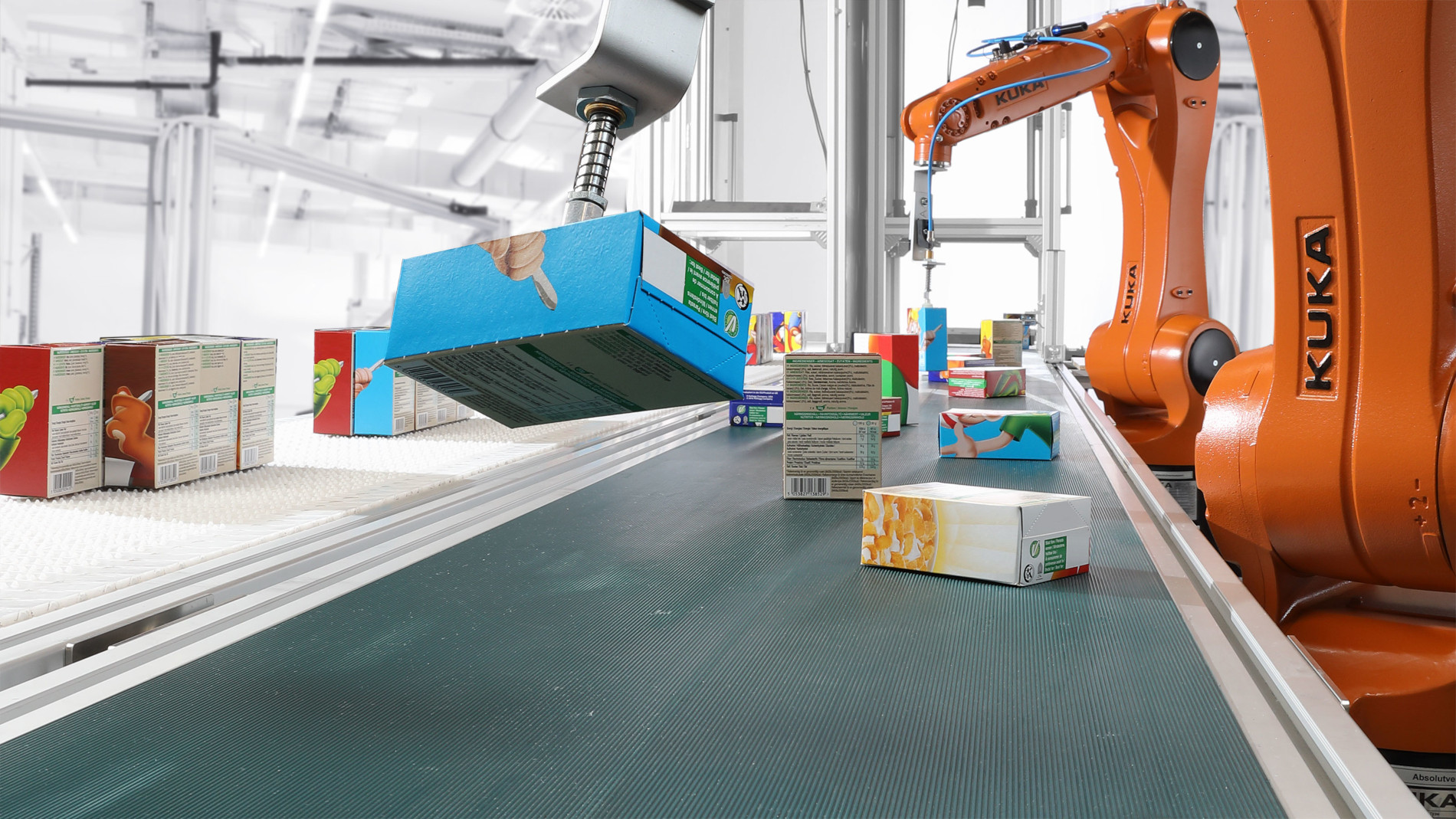What tasks does KUKA see as particularly urgent there right now?
In the sensitive area of primary food processing in particular, we will have to work intensively over the next few years on a portfolio of hygiene robots that can withstand the cleaning procedures and chemical cleaning agents that are customary in the industry. It is essential to follow the guidelines of the European Hygienic Engineering & Design Group (EHEDG) and to cooperate closely with cleaning agent manufacturers and end customers. No one who wants to develop machines or devices for the food industry can ignore the EHEDG guidelines. They provide clear specifications on what something has to look like and are now also regarded as a model for the industry in the USA. We have responded to these requirements: since the beginning of the year, the stainless steel version of the KR DELTA has been added to the KUKA portfolio. As a hygienic machine, the robot is particularly suitable for fast pick-and-place tasks involving raw foods such as fish sticks, cheese wedges or hamburger pads. Thanks to its stainless steel design, the use of FDA-certified components and the IP69 protection class, the robot meets the highest demands in terms of hygiene and cleanability.
Is KUKA also planning further developments, for example for food that is no longer raw or software solutions for the industry?
Yes, for example, by launching a complete robot portfolio with food-grade NSF H1 lubricants this year, we are responding to the increasing hygiene requirements in secondary food production areas as well. All robot axes, including the energy supply systems, are equipped with NSF H1 lubricants.
As the demand for automation increases, we must also address the need for simplified robot configuration and operation. Robot experts are rare at many sites. It is therefore all the more important that the benefits of particularly simple operation with the new iiQKA operating system and the associated ecosystem from KUKA also find their way into the food industry.
From meat processing to baked goods and dairy products – learn more about the possibilities of automation in the food industry on the KUKA website.











